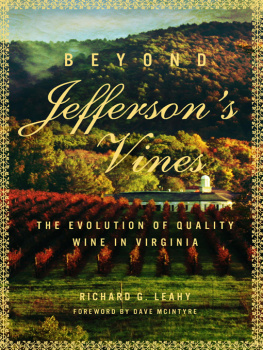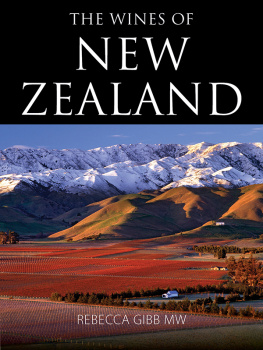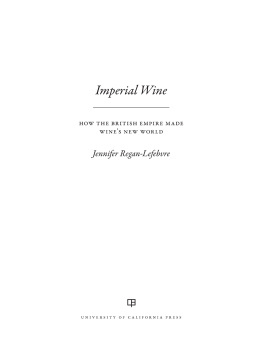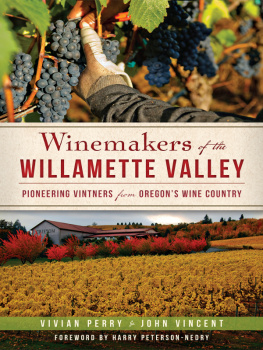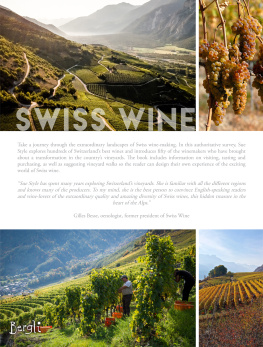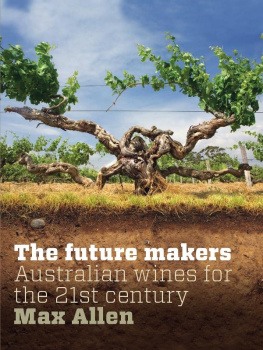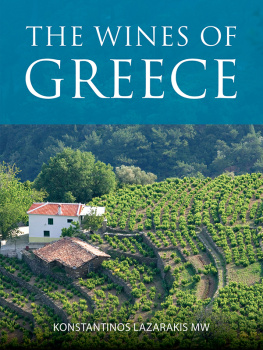Contents
Guide
Page List
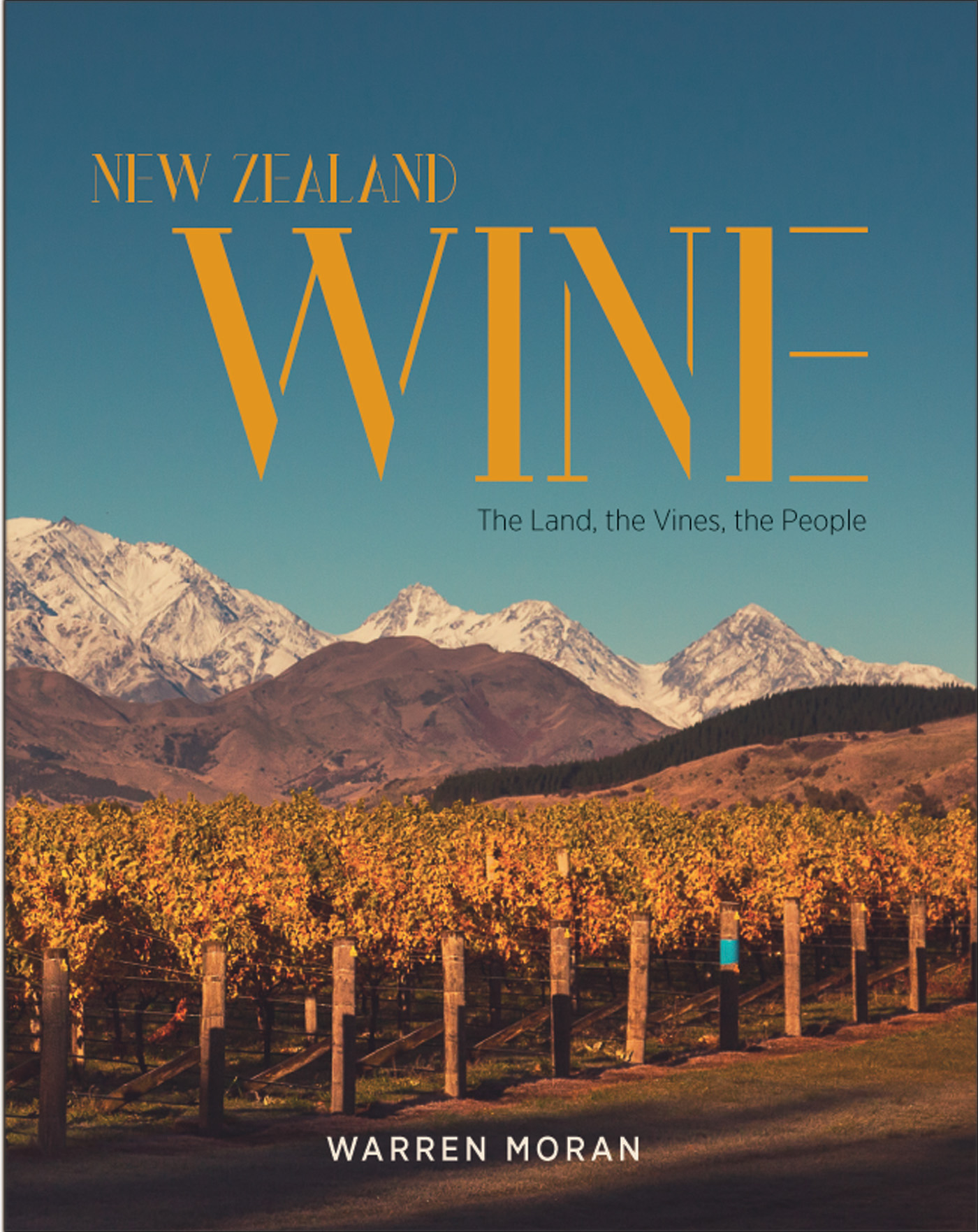
Warren Moran is a geographer and professor emeritus at the University of Auckland. Beginning with his 1958 MA thesis, Moran has published extensively on wine (and rural industries more generally) in New Zealand and overseas. He was co-author of Geography: A Study of its Elements (Oxford University Press). Among other awards, he has been named a distinguished geographer by the New Zealand Geographical Society and is a fellow of the Royal Society of New Zealand.

New Zealand Wine
The Land, the Vines, the People
Warren Moran
With cartography by Igor Drecki

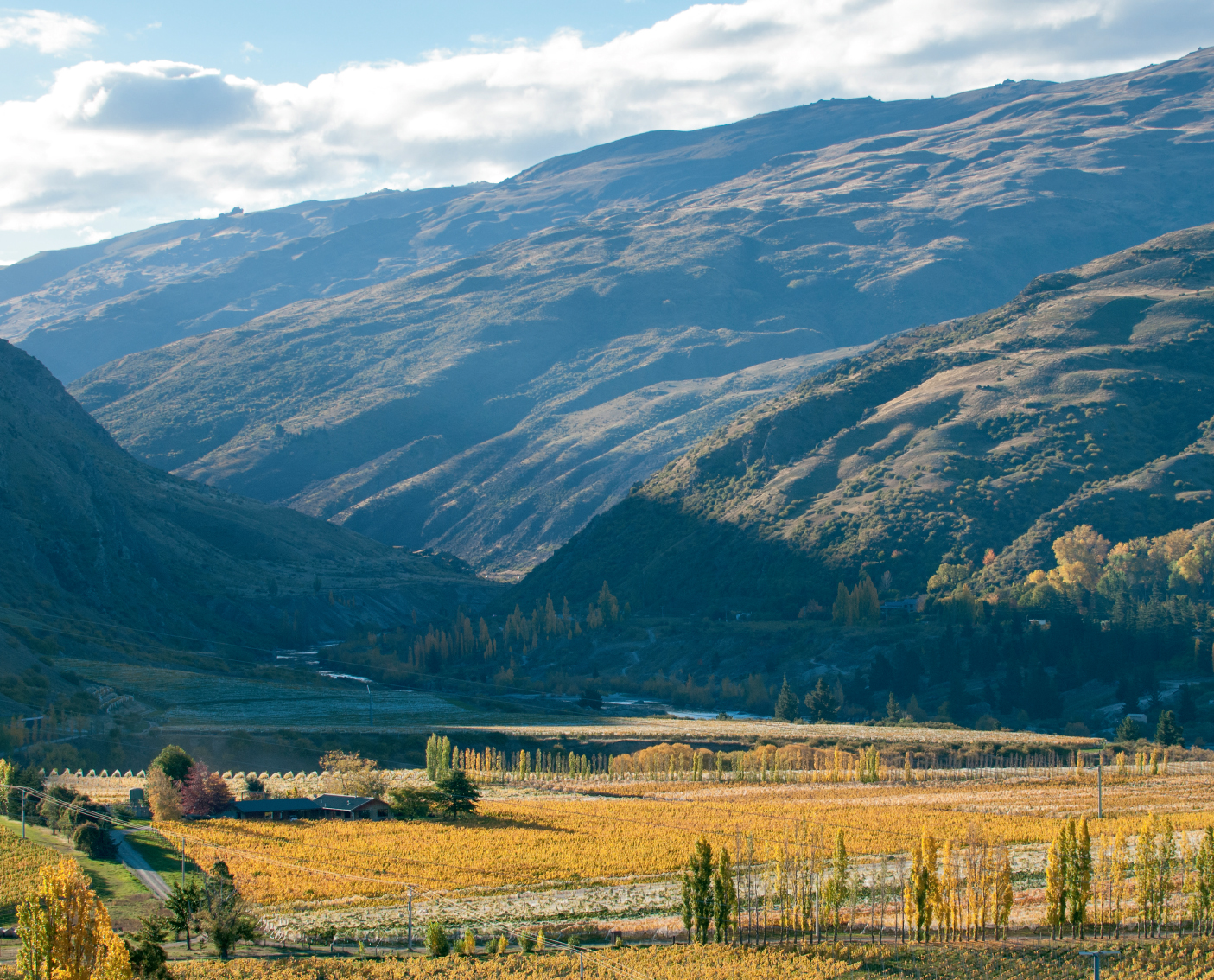
Guide to Maps
The digital oblique maps on pages were drawn by Geographx. All other maps and figures are by Igor Drecki.
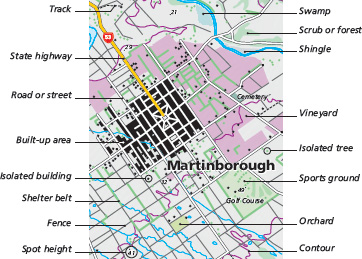
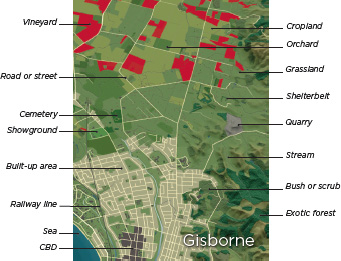
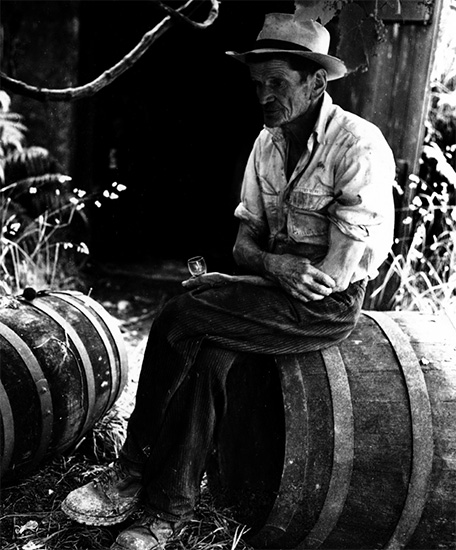
Paul Groshek sitting at his Muaga Vineyards on Candia Road in West Auckland, 1963. Rod Harvey, Auckland War Memorial Museum Tmaki Paenga Hira, PH-2008-4
1
The Story of New Zealand Wine
I had a sophisticated introduction to New Zealand wine when, in 1957, I walked into Paul Grosheks tasting room in Candia Road, West Auckland, to interview him as part of my Masters thesis on the New Zealand wine industry. Before I asked any questions, Groshek proceeded to teach me a thing or two. Grasping an open, but re-corked, bottle of Corbans Dry Red table wine resting on a noggin of his unlined tasting room, he poured a small serving into the tapered 5-ounce beer glass of the time and passed it to me to taste. I sipped and commented circumspectly. From a half-gallon jar, he then glugged a larger serving of his own red table wine, Albonez, into my glass. Again I was circumspect. Unimpressed by my commentary on the wines, he poured some of the Corbans Dry Red into his own glass, took a mouthful and promptly sprayed it all over the room, exclaiming, Jesus-a-Christ, boy, bloody vinegar!, and threw the rest away. He refilled his glass with Albonez, appraised its robe and bouquet, and at the first sip extolled, Jesus-a-Christ, boy, bloody nectar!
Groshek was doing almost everything right. He made simple, fresh, unadulterated table wines when more than 90 per cent of New Zealand wine was fortified sherries, ports and liqueurs. His grapes came from his own, sheltered, north- and east-facing vineyard. It was organic. He fermented his reds in open vats, plunging them by hand several times each day in a form of what the French call macration carbonique. He added no water. His wine was stored in underground cellars dug by hand, complete with plaques for each of his dogs that had died during the excavation. Above all, he heralded in prose and poetry to anyone who would listen, the health qualities of unfortified table wine drunk in moderation. He even claimed to have cured the skin ailments of his dog with internal and external applications of Albonez. Groshek was much ahead of his time in all but the grape varieties he was growing. His Albonez was named after its main variety, Albany Surprise, the labrusca sport of the Concord grape. Albany Surprise was hardy, disease resistant and high-yielding, but it was not a grape from which you could make fine wine.
Today hardly a trace of Paul Grosheks cellar remains. He died in 1963 the very time that New Zealanders were beginning to grasp his aspiration to make and drink table wines of quality and to plant the varieties of Vitis vinifera that would allow its realisation.
In the second half of the twentieth century, and into the twenty-first, the geography of international production of grapes for wine was transformed. Middle-latitude countries of the New World rapidly expanded their area in vines for the production of table wines so that many are now significant producers and exporters. This growth coincided with a decrease in the area in vines in the European Union. Persistent overproduction in Europe for much of the twentieth century was addressed under the Common Agricultural Policy by enforced reduction of the area in vines through regulation of production rights complemented by distillation of excess wine. These adjustments were sufficiently successful that, by the late 1990s, the European Union was able to consider relaxing its strict controls as it attempted to meet the competition of wine from the New World.
New Zealand is one of the New World countries to experience considerable growth in its area in vines and production of wine over the past 50 years, although with about 33,000 hectares of vines planted by 2010, it remains a small producer in global terms. New Zealands distinctiveness lies in its successful establishment of a wine industry of quality based on its many favourable natural environments and realised by advanced viticultural and winemaking technologies. A committed group of grape growers and winemakers have shown that fine wines can be made in New Zealand from many of the vinifera varieties, although individual enterprises in all regions continue to seek the ideal mix of varieties for their sites. New Zealands international status is demonstrated by its ability to sell wines of quality on some of the most competitive international markets in the world, such as Australia, the United Kingdom, the United States and Canada. The average value of New Zealand wine on the British market, for instance, has been higher than that of any other country for an extended period.
The vine has been grown in New Zealand since the early nineteenth century, but the modern commercial industry is a creation of the last four decades of the twentieth century and the first of the twenty-first. Although Paul Groshek pronounced it bloody nectar, his Albonez of 1957 was not fine wine. But by the end of the 1970s New Zealand winemakers Alex Corban, Denis Kasza (with Tom McDonald), Nick Nobilo, Denis Irwin, Joe and Peter Babich and others had shown that fine wines could be produced from grapes grown in three regions of New Zealand Auckland, Gisborne and Hawkes Bay. It took about another decade until the end of the 1980s for the knowledge of grape growing to reach a similar level of sophistication.
Australian scientist Richard Smart, together with many receptive and innovative grape growers, had a lasting impact on viticulture by proselytising the principles of managing vine canopies in New Zealand soils and climates to ensure grapes of quality in most seasons. At the same time, the industry went through a series of regional and varietal revolutions, expanding into Marlborough, the Wairarapa, Central Otago, Nelson and Waipara, and planting a wide range of white and red varieties of Vitis vinifera. New Zealand now has both fine vines and fine wines that are celebrated in markets and media around the world.



